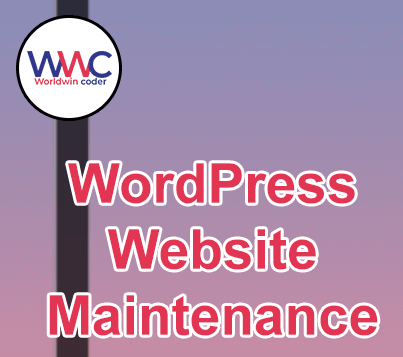WordPress is a powerful and flexible content management system (CMS) that powers a significant portion of websites on the internet. However, like any software, it can occasionally run into issues, and one common problem is database corruption. In this article, we will explore the reasons behind WordPress database issues and how to repair them using various methods.
Understanding WordPress Databases
Before delving into the process of repairing a WordPress database, it’s essential to understand the role it plays in your website. WordPress uses a MySQL database to store all your site’s content, including posts, pages, user information, settings, and much more. Any corruption or damage to this database can lead to severe issues with your website.
Common Reasons for WordPress Database Issues
- Plugin and Theme Conflicts: Poorly coded or incompatible plugins and themes can cause database errors, leading to corruption.
- Server Crashes: If your web server experiences a crash or fails, it can result in data loss or corruption in the database.
- User Errors: Accidental deletions or modifications by users can also lead to database problems.
- Hacking Attempts: Malicious attacks can target your database, potentially causing damage or data breaches.
Signs of a Corrupted Database
Recognizing the symptoms of a corrupted database is essential. Here are some common signs:
- Error Messages: Frequent error messages, such as the “Error Establishing Database Connection.”
- Missing Data: Content disappearing from your website without any explanation.
- Slow Performance: A sudden drop in website speed and performance.
Repairing Your WordPress Database
1. Using the WordPress Built-in Repair Tool
WordPress has a built-in database repair feature that you can use to attempt a fix. To use it, follow these steps:
- Access your site’s root directory through an FTP client.
- Locate the
wp-config.phpfile. - Add the following line just before the line that says “That’s all, stop editing! Happy blogging.”
define('WP_ALLOW_REPAIR', true);
- Save the file and visit
http://yoursite.com/wp-admin/maint/repair.php.
You will have the option to repair the database or repair and optimize it. Choose the appropriate option based on the issue you’re facing.
2. Using phpMyAdmin
If the built-in repair tool doesn’t resolve the issue, you can try using phpMyAdmin, a popular database management tool. Here’s how:
- Log in to your hosting control panel.
- Find phpMyAdmin and select the database associated with your WordPress installation.
- Choose the “Check All” option to select all the tables.
- From the “With selected” dropdown, choose “Repair table.”
This will attempt to repair the selected tables. Remember to back up your database before making any changes.
3. Restoring from a Backup
If the above methods don’t work or if the corruption is extensive, you might need to restore your database from a backup. Regularly backing up your database is crucial to avoid data loss. You can use a backup plugin or your hosting provider’s backup services to restore your site to a previous state.
Preventing Future Database Issues
- Regular Backups: Keep automated backups of your website, and test the restoration process.
- Update WordPress: Ensure you’re using the latest version of WordPress, plugins, and themes.
- Choose Reliable Plugins and Themes: Only use well-coded and trusted plugins and themes.
- Security Measures: Implement strong security practices and use a firewall to protect your site from attacks.
Conclusion
Maintaining a healthy WordPress database is vital for the stability and performance of your website. Understanding the common reasons for database issues and how to repair them can save you from downtime and data loss. Remember to stay proactive by regularly backing up your site and keeping everything up to date. By following these best practices, you can ensure the long-term success of your WordPress site.

